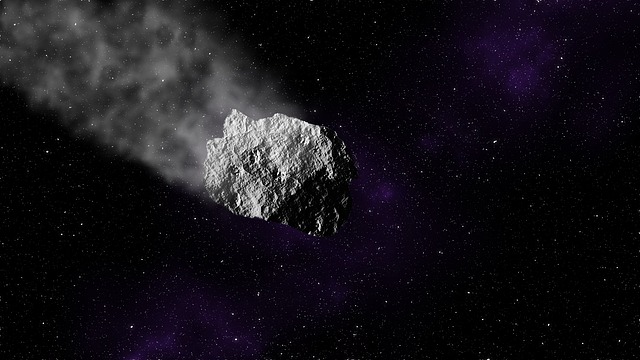The Lucy mission is the first mission that’s about the Trojan Asteroids. It is one of its kind and it is extremely important. Now the mission is onto the next phase. Scientists went from planning stage to the actual implementation stage. And now the design for the spacecraft is complete and they will get into creating the actual hardware.
Recently at Lockheed Martin in Colorado, there was a review for a period of over the four days. And this was an independent review board that comprised reviewers from NASA and several external organizations. They all heard about the mission design and finally approved it.
Hal Levison, who is the mission’s principal investigator from Southwest Research Institute in Boulder, Colo., is over the moon by this fact. He said that he is happy now the team is over the design phase and is currently working on the actual spacecraft. It is finally getting real, and taking shape.
At the review there were many things that the board looked into. Among them were instrument payload, system-level test plans for flight hardware and software, systems engineering, mission assurance, the ground system.
The mission is taking shape but is set to launch in 2021. It is two years from now, the team has enough time to create the spacecraft and prepare for the mission. It will be a 12 year journey and the spacecraft will study seven different Asteroids. These Trojan Asteroids orbit at the distance of Jupiter from the sun. Trojan Asteroids are specifically the Asteroids which share orbits. Jupiter’s Trojan Asteroids share its orbits with the sun.
The Lucy Mission will gather more information on the Asteroids, their composition, their path. Keith Noll, a Lucy project scientist from NASA’s Goddard Space Flight Center in Greenbelt, Maryland said that the dedication of the team is commendable. And the next two years are going to be crucial for the Lucy Mission.






Be First to Comment